Top 10 Fascinating Snakes of Phu Quoc Island
Phu Quoc Island, located in the Gulf of Thailand, is not only known for its stunning beaches and lush rainforests but also for its rich biodiversity. Among the island’s diverse wildlife are several species of snakes, each unique and fascinating in its own way. Whether you’re a wildlife enthusiast or simply curious about nature, here are the top 10 most captivating snake species you can encounter on Phu Quoc Island.
Table of Contents
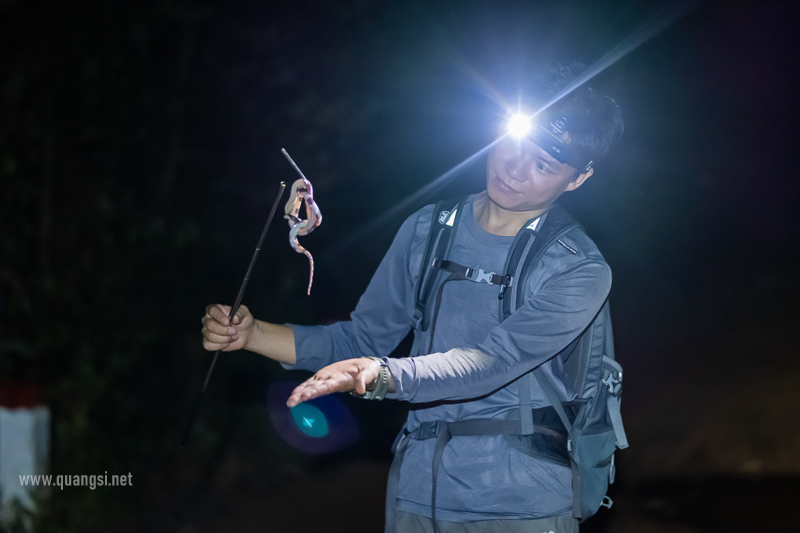
Red-tailed Pit Viper (Trimeresurus cardamomensis)
A venomous snake found in Southeast Asia, known for its vibrant green body and red tail. It is primarily arboreal, meaning it lives in trees, and its venom, though dangerous to humans, is used primarily to immobilize prey.
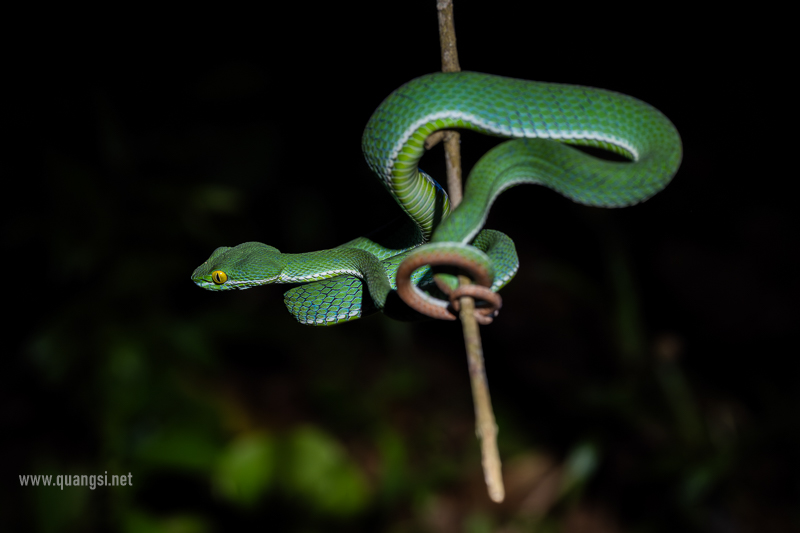
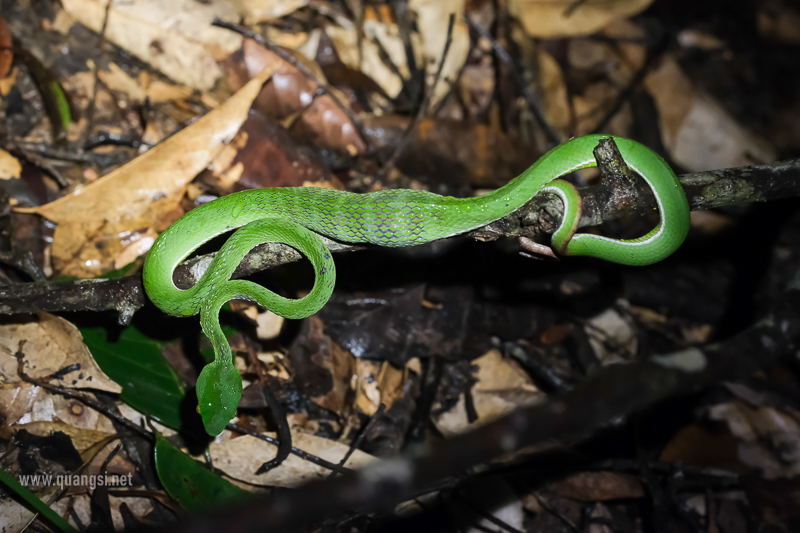
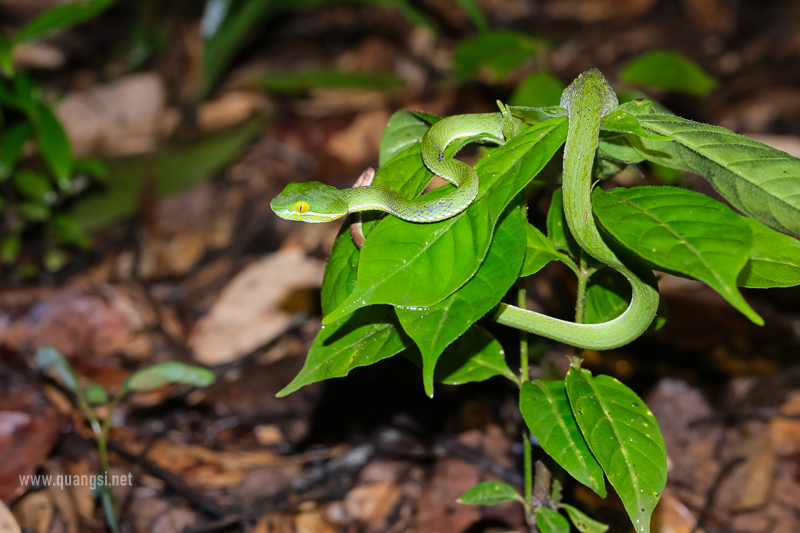
-
Green Vine Snake (Ahaetulla prasina)
A slender, non-venomous snake with a bright green (yellow) body. Known for its elongated head and sharp snout, it blends perfectly with vines and branches, making it a master of camouflage. It feeds on small animals like frogs and lizards.
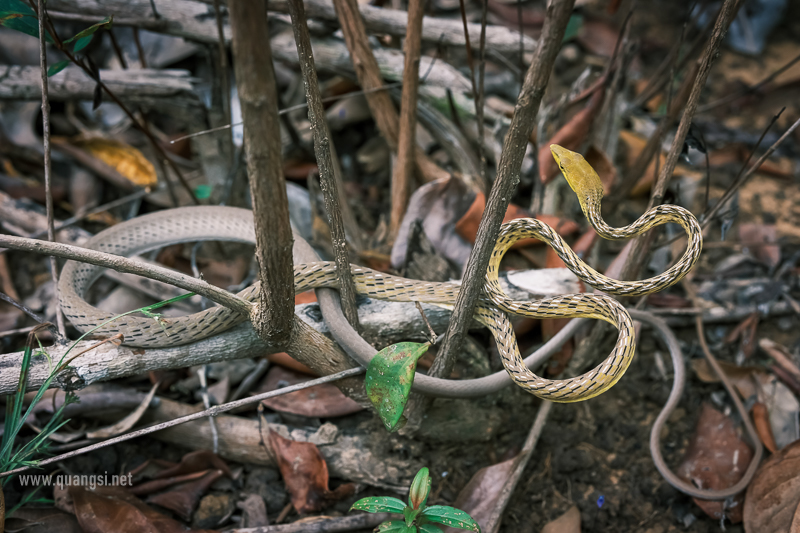
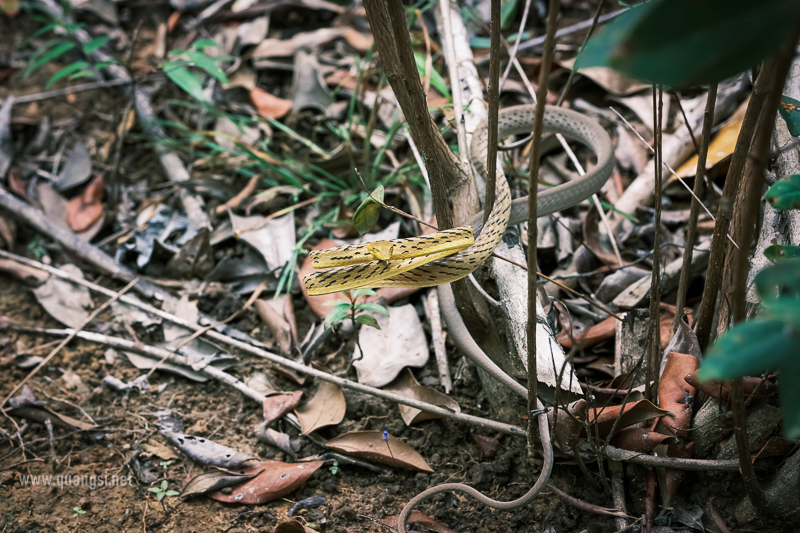
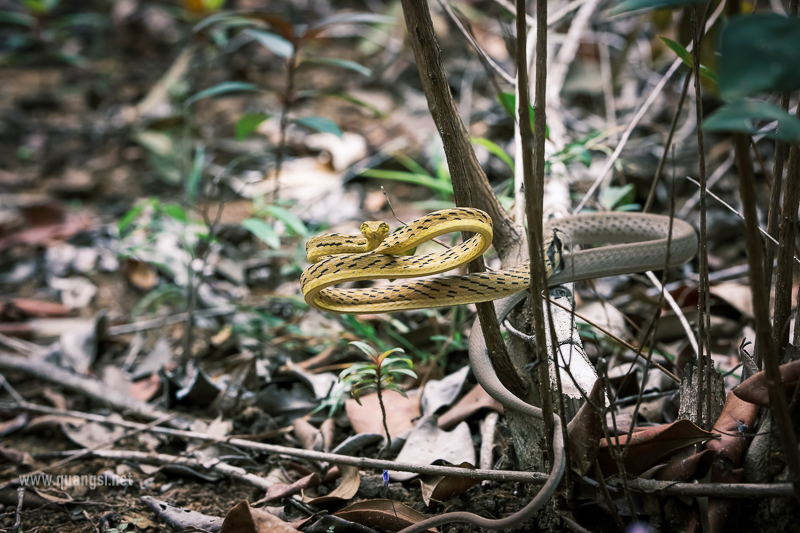
Common Mock Viper (Psammodynastes pulverulentus)
A mildly venomous snake that mimics the appearance of more dangerous vipers, hence its name. It is small and agile, found in forests and jungles across Southeast Asia, and feeds on small reptiles and amphibians.
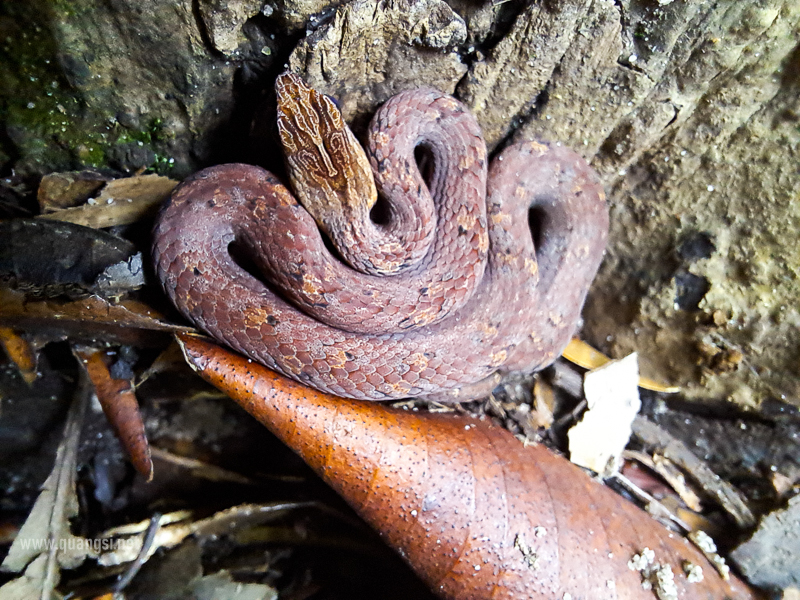
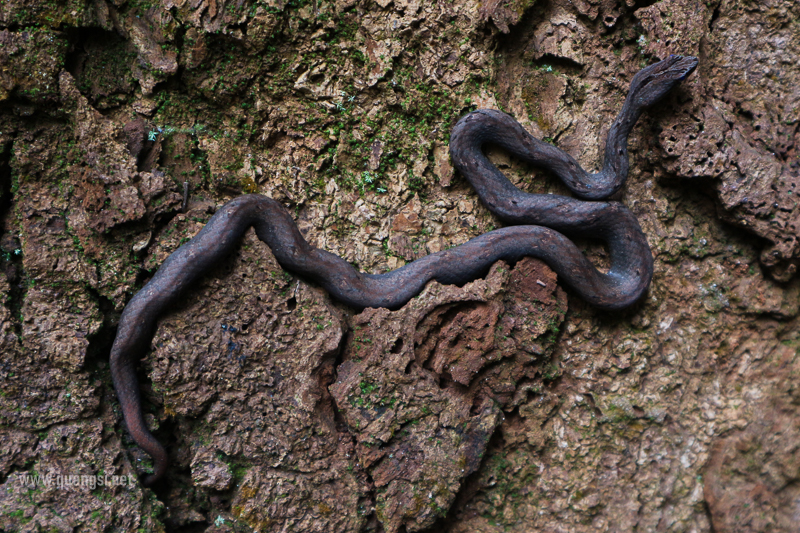
Golden Tree Snake (Chrysopelea ornata)
A mildly venomous, arboreal snake known for its striking yellow and black pattern. It is also capable of “gliding” from tree to tree by flattening its body to catch air, earning it the nickname “flying snake.”
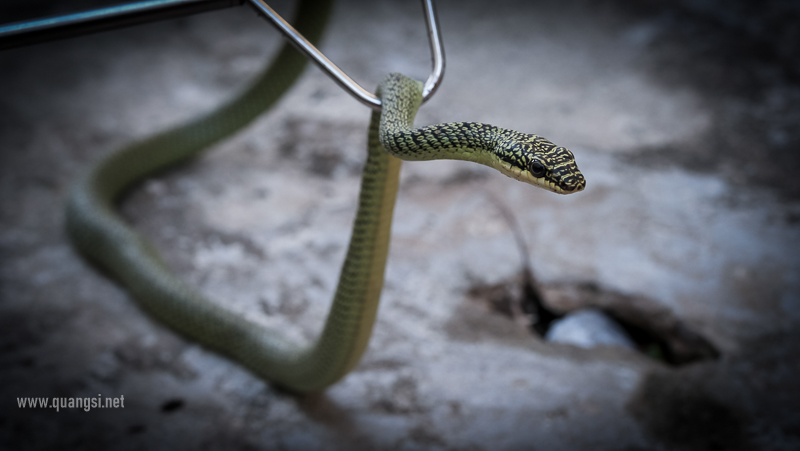
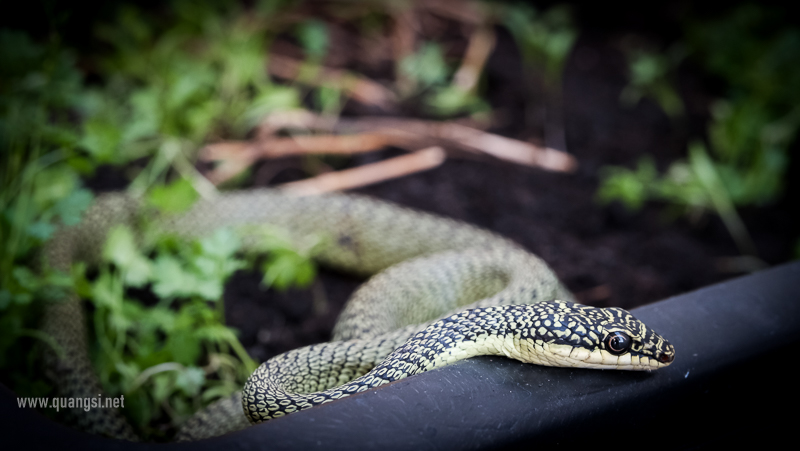
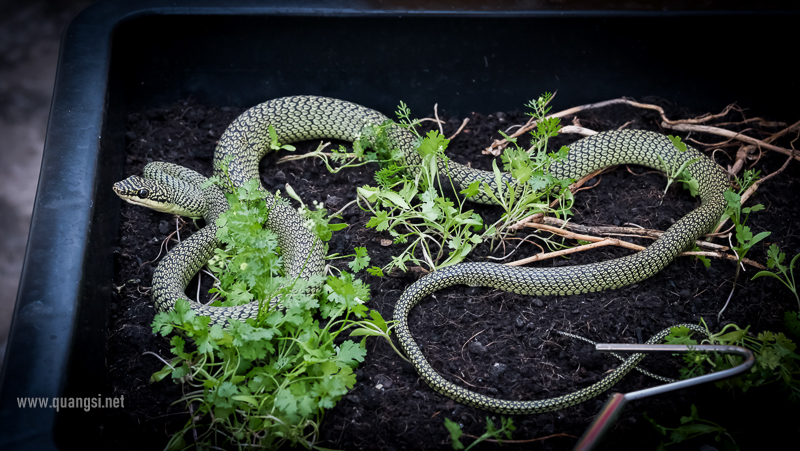
Kukri Snake (Oligodon spp.)
A non-venomous snake known for its sharp, kukri-shaped teeth, which it uses to slice into eggs. Found in forests and rural areas, it is harmless to humans but interesting for its specialized diet of reptile and bird eggs.
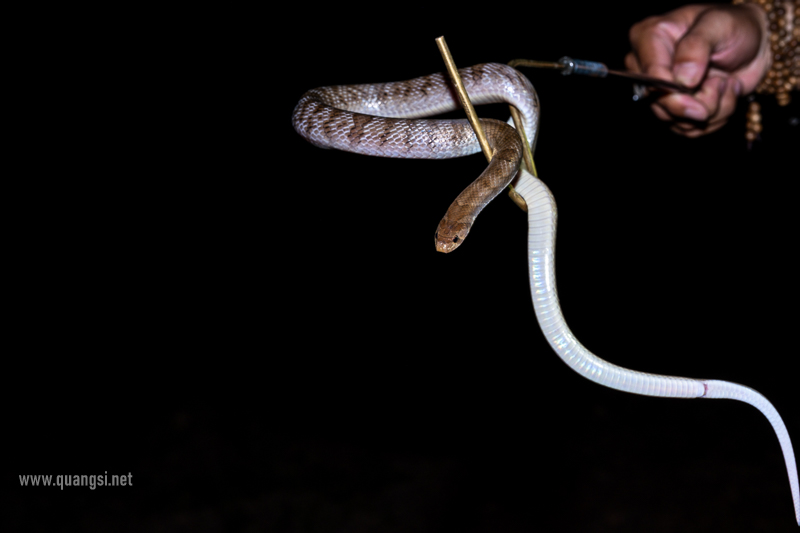
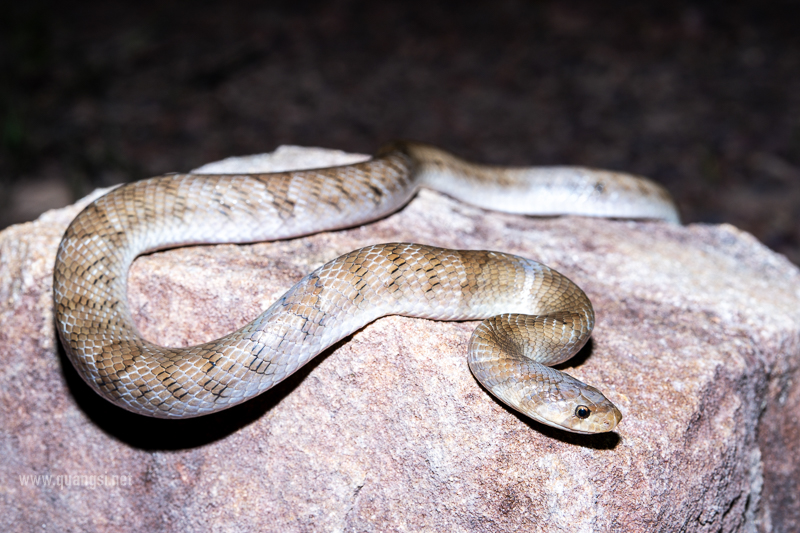
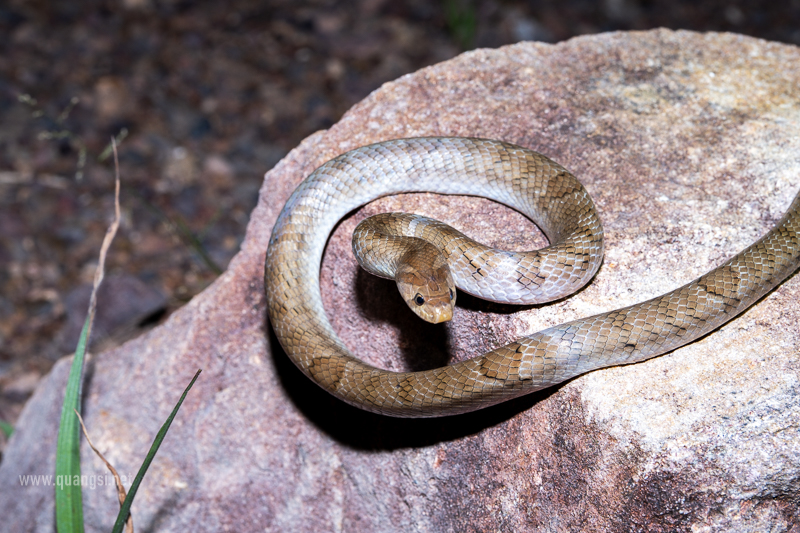
Green Cat Snake (Boiga cyanea)
A mildly venomous, nocturnal snake with striking green coloration. It is arboreal and preys on birds, small mammals, and reptiles. Though its venom is not dangerous to humans, it uses it to subdue its prey.
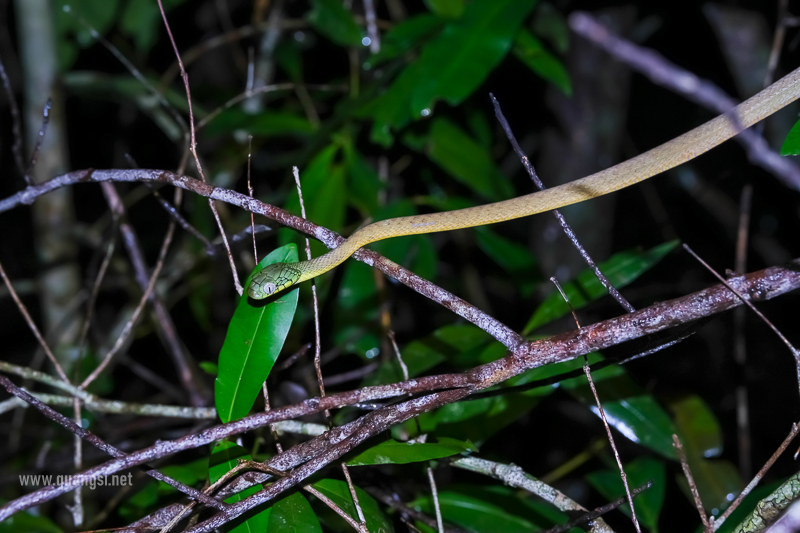
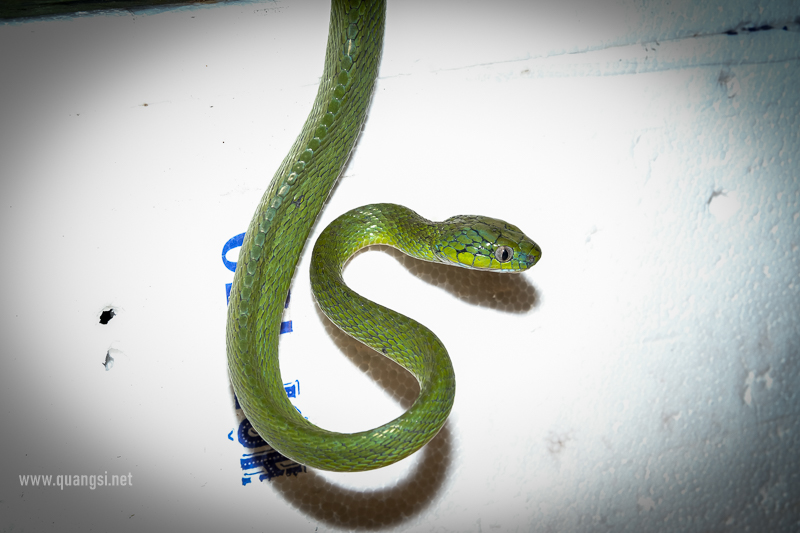
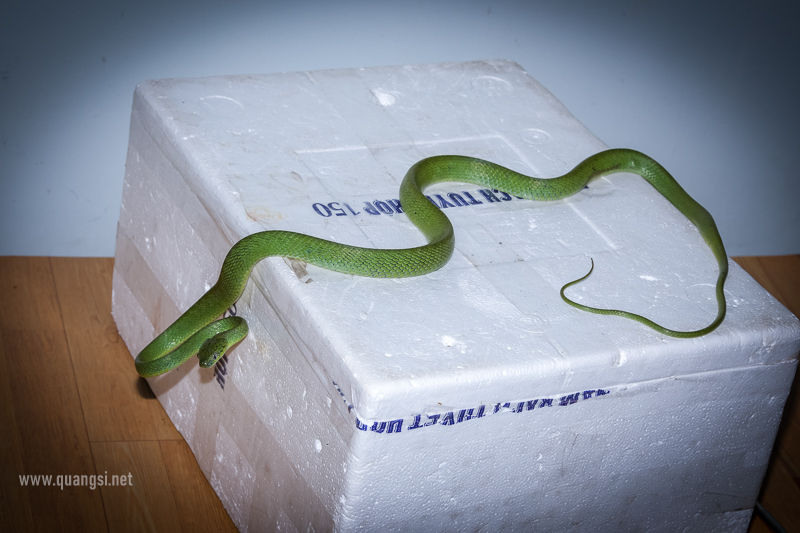
Banded Krait (Bungarus fasciatus)
A highly venomous snake with bold black and yellow bands along its body. It is primarily nocturnal and known for its neurotoxic venom, which can be lethal to humans. Found in forests and near water sources.
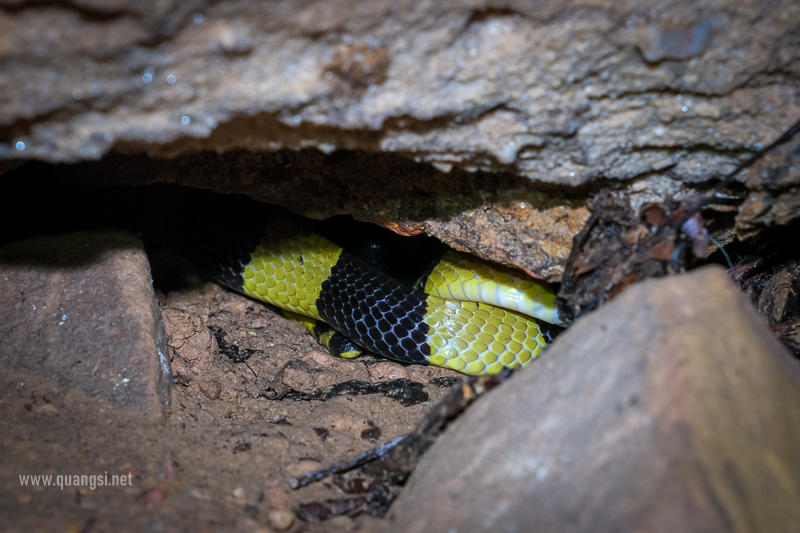
Malaysian Krait (Bungarus candidus)
Another highly venomous species, this snake is black with white bands and is found throughout Southeast Asia. It is shy and often nocturnal, but its venom is potent and requires immediate medical attention if bitten.
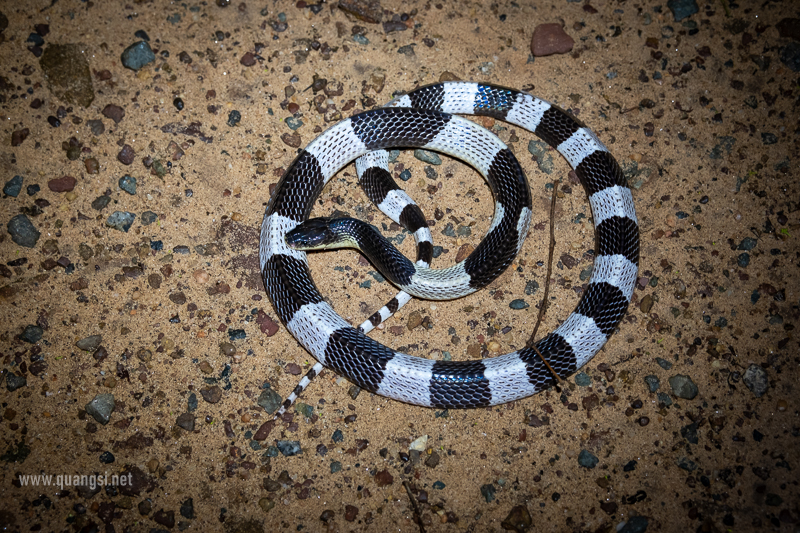

Sunbeam Snake (Xenopeltis unicolor)
A non-venomous snake with iridescent scales that reflect rainbow colors in sunlight. It is a burrowing snake, found in humid environments like forests and grasslands, and feeds on small mammals and reptiles.
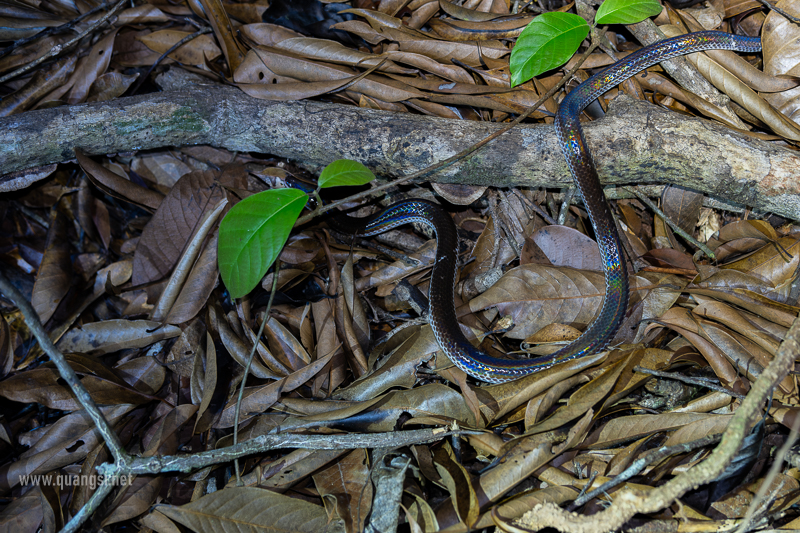
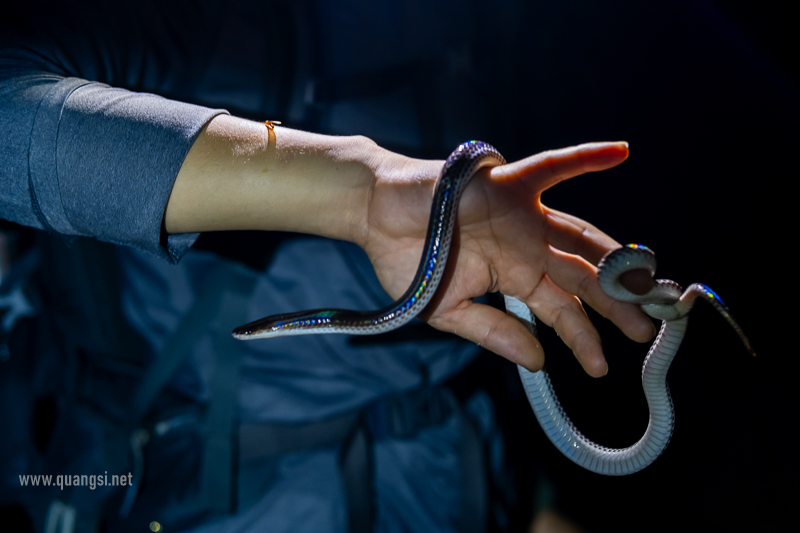
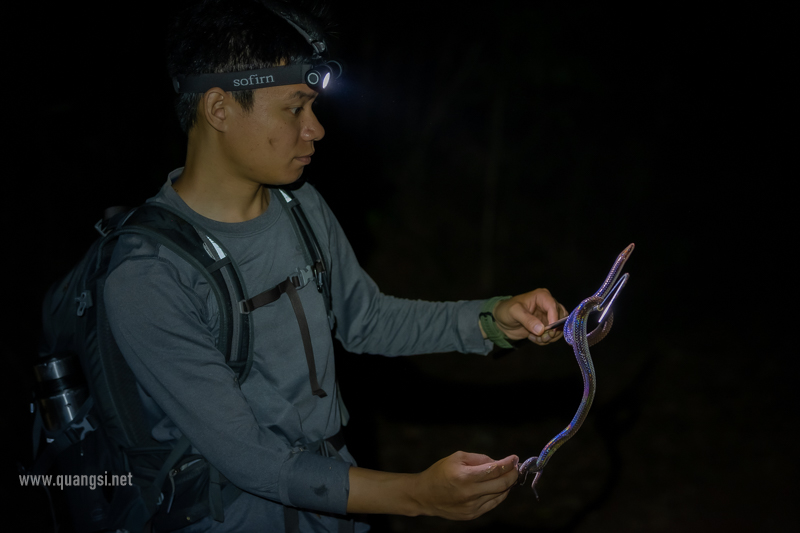
Reticulated Python (Python reticulatus)
One of the largest snakes in the world, this non-venomous constrictor can grow over 20 feet long. Known for its intricate skin pattern, it is a powerful predator, feeding on large mammals and birds. It is commonly found in rainforests, grasslands, and swamps across Southeast Asia.
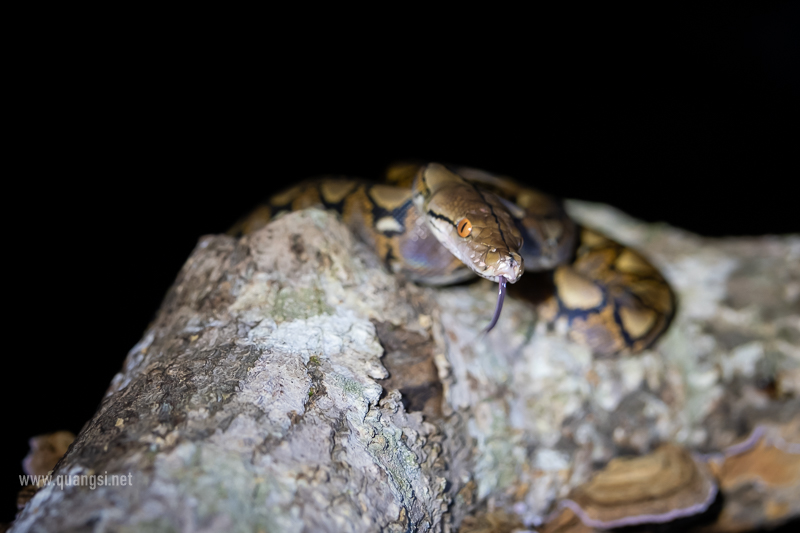
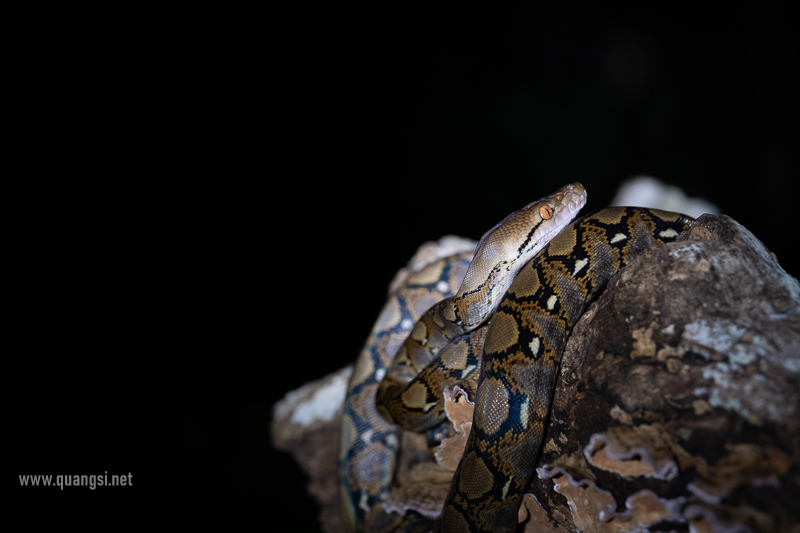

Conclusion
Phu Quoc Island is home to a wide variety of fascinating snake species, from the beautiful but deadly Red-Tailed Pit Viper to the impressive Reticulated Python. Whether you’re a seasoned herpetologist or just curious about the island’s wildlife, encountering these snakes in their natural habitat is an unforgettable experience. With its dense rainforests and untouched landscapes, Phu Quoc provides a haven for wildlife enthusiasts to explore.
See our Tour:
Night Tour: Jungle Night Herping in Phu Quoc Island
Day tour: 4-Hours Herping Expedition in Phu Quoc
